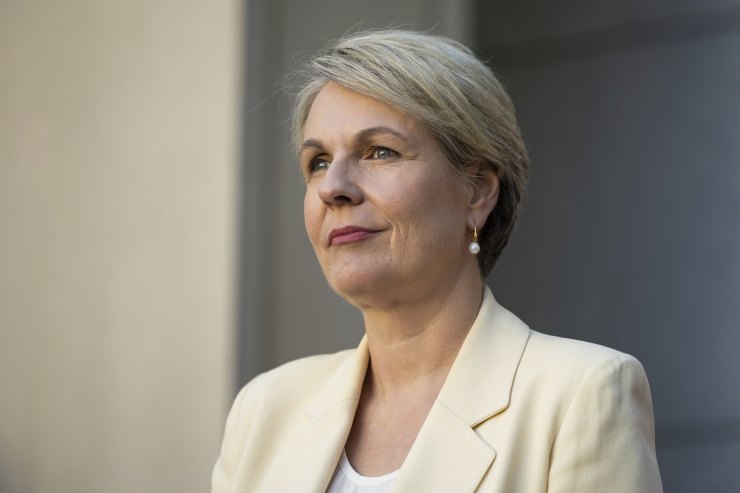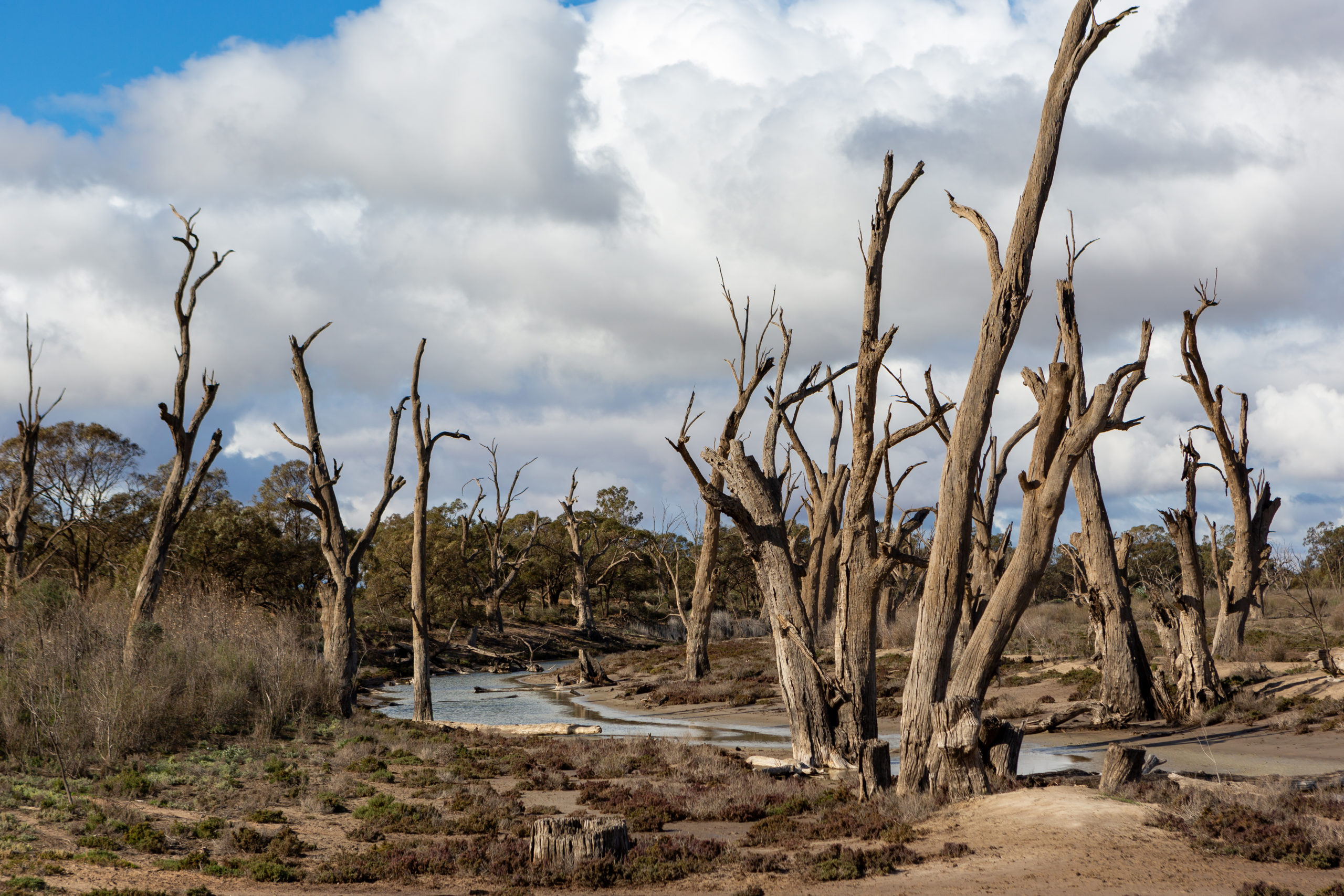ABC News
A bittern breeding boom in a New South Wales Riverina wetlands is being heralded as a significant step forward for the secretive water bird species.What does buying water mean?
Buying water (commonly referred to as “water buybacks”) is an important way to make sure the rivers of the Murray-Darling Basin have water.
It involves the government buying “water entitlements” – the right to take a certain volume of water from the river each year – from people who want to sell them. By buying these water rights, the government can ensure water stays in the river and flows to the places and animals that need it most.
This was the key purpose of the Murray-Darling Basin Plan: to stop too much water being taken out of our rivers, so there’s enough left for wetlands, waterbirds and fish to survive.
Water bought through an open-tender process accounts for the vast majority (around 60%) of the water so far recovered for rivers through the Plan.
How does buying water benefit rivers?
For decades, too much water has been taken from the rivers of the Murray-Darling, pushing them to the brink of collapse. Buying water back is the cheapest, most reliable and effective way to get our rivers the water they need to survive.
When the government buys water, it is used to benefit the environment. This water is released from dams or flows freely to give river red gums, turtles, fish and other wildlife the vital water they need, when they need it. For example, it can be used to flood wetlands and help waterbirds breed or pushed down the river at the right time to help native fish spawn.
The Basin Plan set a target of recovering 3,200 billion litres of environmental water. This is less than half of what scientists said was needed to give our rivers a good chance of survival [1] – but a huge step forward from the even weaker target powerful irrigators lobbied for.
The problem is, the Basin Plan is way off track. With just a few years left before the Plan is reviewed, we’re nowhere close to meeting the target and our rivers, wetlands and wildlife are paying the price. In Victoria alone, 140 animals and plants are at increased risk of extinction if we don’t return more water to the river!
Is the government buying water now?
Yes – but it’s complicated!
In 2023, the federal government announced they would start buying water again. This is a big deal, because since 2015 there has essentially been no water bought for the river – and very little water recovered in total. Restarting water buybacks gives us a chance to get vital water that rivers, wetlands and wildlife ahead of the next drought.
However, when the federal Coalition government stopped buying water in 2015, they also put a legislated limit on how much could be purchased. That means the current federal government needs to pass new legislation repealing the Coalition’s limit to buy water – and cooperation from the other Basin states as they reorient the Basin Plan back on track.
In August 2023, the federal government announced a national plan to get more water for rivers, including the return to straightforward water purchases. While every other Basin state signed up, Victoria snubbed the deal. In October, the legislation needed to make this happen – the Water Amendment (Restoring our Rivers) Bill – passed through the House of Representatives. Soon, it will be voted on in the Senate.

The Age
Victoria has rejected a revamped plan to recover water for Australia’s largest river system, shunning federal Water Minister Tanya Plibersek’s calls to sign up to a new deal alongside NSW and other states in the Murray-Darling Basin.
What’s Victoria’s role in all of this?
Its the federal government who makes the decision on whether to purchase water, but they need cooperation from other states in the Basin. Their new agreement to start buying water has support from every other Basin state except Victoria – but they can get this legislation passed and begin buying water without Victoria’s support.
Victoria’s refusal to sign on to the deal highlights some much bigger problems though. It shows our state government is more focused on the interests of a few large corporate agribusinesses (who want to keep taking more than their fair share), instead of how to keep our rivers alive. It shows that their opposition to buybacks is so entrenched that they are willing to throw away other benefits of the deal, including funding to support for regional communities. It also follows a long history of undermining the Basin Plan, which we detailed in our report, Debasing the Basin Plan.

Environment Victoria
we’ve just released a damning new report that shows how successive Victorian governments have undermined the Basin Plan right from the start. Find out more in this timelineUltimately, the Basin Plan needs agreement from all the Basin states to move forward, because of all its different moving parts. That’s why Victoria’s role is so important
How much cheaper is buying water than other water recovery methods?
Buying water has proven to be the cheapest way to get water for rivers – much cheaper than giving big handouts to irrigators.
These handouts are designated for “efficiency projects.” Essentially, they’re subsidies to make water infrastructure more efficient, so some of the water savings can be given to the river. But they have BIG problems.
Most funding in the Basin has gone to “on-farm” efficiency projects, with irrigators (mostly large corporate agribusiness) [3] receiving $400,000 worth of subsidies on average. The price for water recovered through these projects is around three times higher per megalitre than buying it directly. [4] Studies also suggest the volume of water recovered is much lower than the government claims – which could make it 25 times more expensive! [5]
The Morrison government recently invested $1.3 billion into “off-farm” efficiency projects, which typically save water by improving channel infrastructure used by multiple irrigators. Analysis shows most of these projects have been wildly expensive and unable to recover enough water quickly enough. [6] Nature Conservation Council NSW called one project in the Murrumbidgee a “scandalous waste of taxpayers’ money”, with just 6.3GL of water for the environment costing more than eight times the market price.
How can buying water support regional communities?
For many farmers, selling a portion of their water has been a way to pay off long-term debts or free up funds to invest in their business. Across the Basin, economists have pointed out that water buybacks have positive impacts on community spending, and that government-commissioned reports claiming a simplistic relationship between water use and farm production aren’t true.
In fact, each tender found an abundance of farmers willing to offer water for sale. Over the first 4 years of water buybacks, before the Abbott government came to power, every tender was oversubscribed. At points, the number of applications outstripped those accepted by wide margins. [7]
We know our climate is getting hotter and drier, with less water flowing into the rivers of the Murray-Darling. If we want good regional jobs AND a living river, we need to make water use more fair and less exploitative – and our governments need to start spending smarter.
Instead of wasting money on expensive efficiency projects, they should restart buying water while also supporting greater investment in regional communities through policies that are designed and led by locals. The government’s own socio-economic research showed that every dollar spent on health, education and community care services creates 4 times as many jobs as handouts for infrastructure projects. [8]